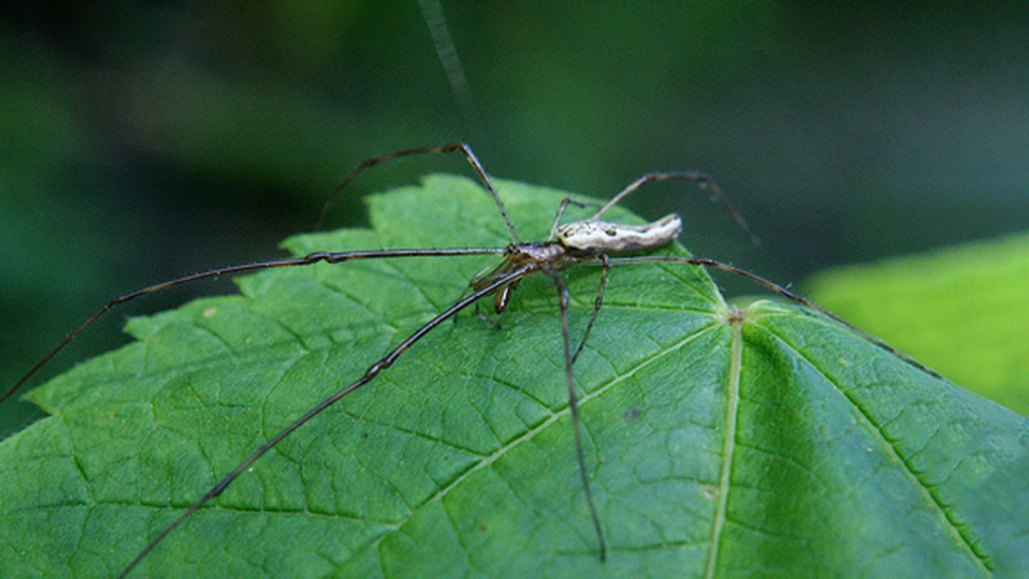The Remarkable Use of Light by Spiders Lost at Sea in Finding Land

While kayaking, Biologist Brian Gall observed a peculiar pattern exhibited by spiders that had hitched a ride on his vessel. The spiders, known as elongate stilt spiders (Tetragnatha elongata), would quickly bolt to the closest shore whenever he skimmed them off into the water, no matter the distance to the dry land.
The elongate stilt spiders, known for their habitation on ponds' perimeters to ensnare prey, relied upon the water's surface tension to dodge predators and skitter back to the coast whenever they fell off into the water. However, their tactical water-top navigation has remained obscured until Gall and his team at Indiana's Hanover College recently discerned the spiders leverage the light reflection off the water to identify the less reflective land. The findings were published in December's Zoology.
Only few of the roughly 51,000 identified arachnid species have had their navigation skills studied by scientists. A string of spiders have demonstrated dependency on sound, vibrations and chemical signals for navigation, not to mention their eight eyes. While some of these species are capable of viewing and exploiting polarized light, which can naturally occur when light waves flatten upon reflecting off an element like water.
"Spider’s vision differs significantly from ours," says Sidney Goedeker, a research technologist at the University of Louisville in Kentucky, who formerly collaborated with Gall. "It's unperceivable to us, as we lack what they possess."
Gall speculated that the freeloading spiders could provide the opportunity to explore the elongate stilt spider’s homing senses. The team set up experimental arenas in both a fabricated outdoor tank and a natural pond located in Gall's backyard. To simulate what terra firma may look like to a spider, they suspended a film over the water to polarize the sunlight before it came into contact with the water surface, crafting glare-free zones. Subsequently, the squad observed and documented the movements of 68 spiders dropped into the arenas.
The majority of spiders in the tank consistently dashed to covered areas. Conversely, spiders released halfway between the film-covered and shore areas in the pond frequently circulated in both areas until they located land. In both arenas, spiders which elected to head for covered areas occasionally spun in and out of the film's shadow, hunting for the anticipated coast.
In earlier experiments without the suspended film, elongate stilt spiders unfailingly darted to the shore, observes Gall. He believes this combined with the new discoveries affirm the species possibly perceives polarized light which it utilizes as a non-landmark.
Gall expresses his amazement at the astonishing results of the study. Despite dropping approximately a thousand spiders onto water, he rarely witnessed them making an incorrect choice.
There is still a wealth of knowledge to be gathered regarding the navigation skills of spiders similar to the elongate stilt spiders, says Eileen Hebets, an arachnologist at the University of Nebraska–Lincoln, who did not contribute to the study. An orb-weaving spider using visual cues for navigation raises a slew of inquiries about other groups, she adds.
Gall is thrilled that his simple act of throwing spiders out of his kayak resulted in such a spectacular discovery. He comments that merely observing and probing simple questions can yield remarkable findings.




